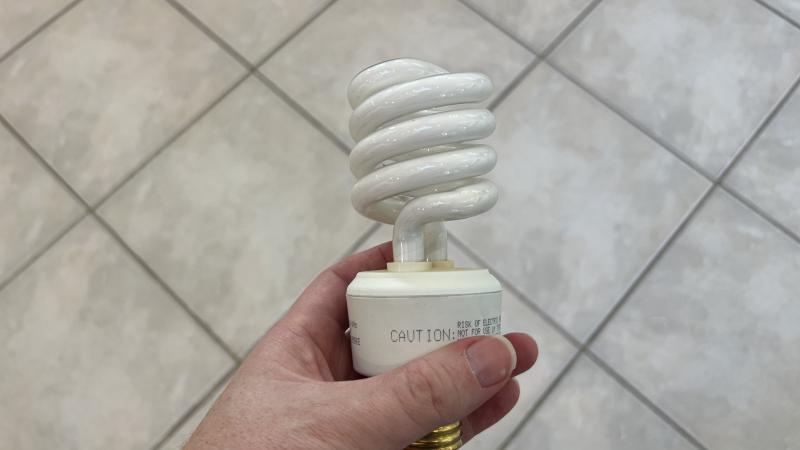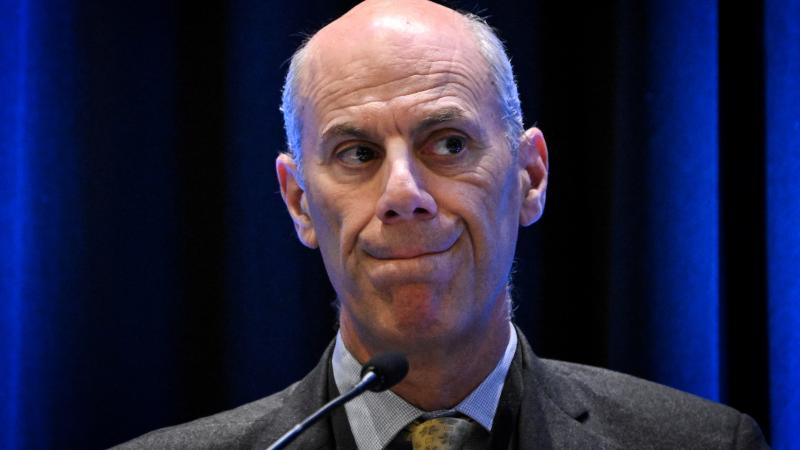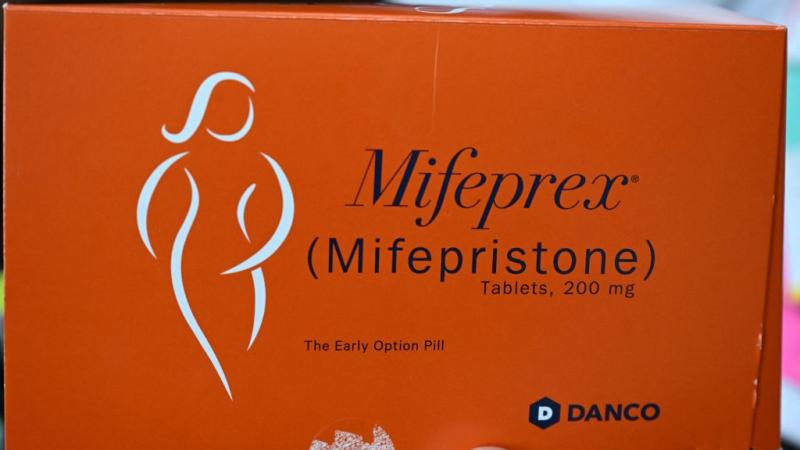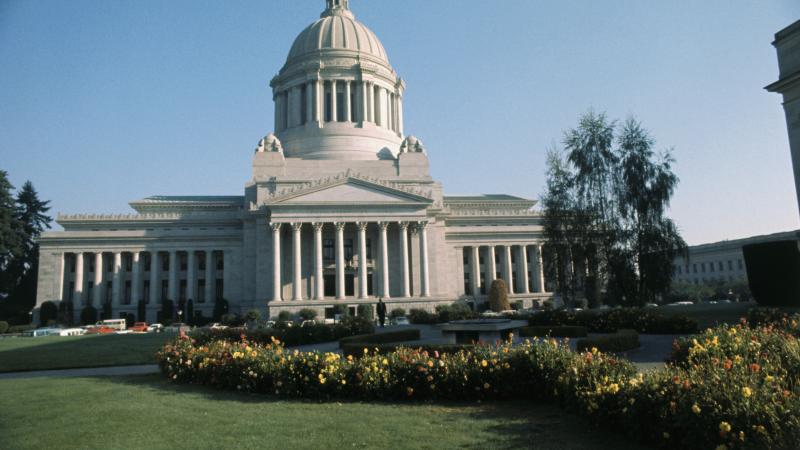Spokane Mayor Brown protests federal plan to transport liquid radioactive waste through her city
The agencies want to expand that three-gallon load to 2,000 and have planned on doing so for years.
A plan to ship 2,000 gallons of radioactive waste from Washington state to Texas and Utah might result in it rolling through Spokane. If successful, Mayor Lisa Brown said millions could follow.
Brown sent a letter on Wednesday, voicing her opposition to Gov. Jay Inslee, the U.S. Department of Energy and the U.S. Environmental Protection Agency. The plan follows a successful three-gallon test in 2017 that shipped the waste roughly 1,700 miles to Andrews, Texas.
The agencies want to expand that three-gallon load to 2,000 and have planned on doing so for years. According to a 2018 DOE Fact Sheet, the waste is heading to Texas "to achieve the best value for the taxpayer," which was supposed to happen in 2019.
"I understand that, should the initial 2,000 gallons of waste successfully be solidified at facilities in Texas and Utah," Brown wrote in the letter, "your proposed agreement includes plans for millions of gallons of hazardous liquid waste to be shipped by rail or truck in the future."
Brown told Inslee and the agencies that she opposes any shipment through Spokane or other routes. She said the liquid form poses an "unconscionable risk," especially when considering the possibility of a train derailment or other accident, which Spokane cannot afford.
According to the City of Spokane, the anticipated shipment was initially slated for a trip through Oregon instead. However, state officials raised caution around shipping the waste in a liquid form, causing the agencies to divert through Spokane, though they haven't confirmed the final route.
The Center Square contacted DOE to confirm whether the shipment would go through Spokane but was not provided a direct answer; instead, DOE sent a May 2024 fact sheet, which also didn’t touch on the official route.
According to the fact sheet, DOE will oversee the transportation, which will likely take place using two 1,000-gallon shipments in totes certified by the state and federal government. Hanford plans to remove over 98% of the radioactivity before transport.
“Severe accident scenarios find the certified totes could spill full contents 0.4% of the time,” according to the fact sheet. “The probability of severe accident during transport to Utah is less than one in 1 million. The probability of severe accident during transport to Texas is less than three in 1 million.”
If a severe accident did occur, DOE estimates the highest resulting exposure to be equal to that of a single abdominal X-ray, according to the fact sheet.
DOE published another fact sheet in 2020 touting its safety record when transporting liquid waste. It claims that around 3 million "radioactive materials packages" are shipped across the country annually and that since 2004, it's completed over 184,000 shipments, including liquid waste.
Some shipments were more voluminous than this 2,000-gallon load; for example, in 2012, DOE shipped 4,700 gallons of liquid waste from an Ohio facility to Andrews, Texas.
One of Brown’s concerns was that the agencies planned to ship the waste through Spokane without an updated environmental impact statement.
The Center Square contracted DOE, asking if an updated Environmental Impact Statement was required by law, to which Jeremy Paul Ortiz, DOE’s deputy press secretary, said: “DOE completed an Environmental Assessment and issued a Finding of No Significant Impact in March, 2023, therefore no EIS was not required.”
"The potential negative consequences of this plan would disproportionately impact some of our most marginalized communities," Brown wrote. "On behalf of the citizens of Spokane, and in defense of our beautiful natural spaces and vibrant urban setting, I urge you to reconsider this decision."
The Spokane City Council will vote on whether to send a letter expressing concerns and requesting additional information about the plan during its Sept. 23 meeting.















